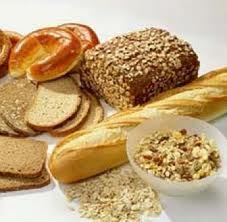Background: In patients with treated celiac disease (CD), the ingestion of gluten traces contained in gluten-free (GF) wheat substitutes (eg, GF bread, flour, and pasta) could cause persisting intestinal mucosal damage.
Objective: The objective was to evaluate the proportion of CD patients at risk of mucosal damage due to the consumption of GF products in 4 European countries (Italy, Spain, Germany, and Norway).
Design: A probabilistic modeling approach was used to assess the risk of gluten intake at the population level. The input variables were 1) consumption of GF products, 2) concentration of gluten traces in GF products determined by the sandwich R5 ELISA method, and 3) the gluten threshold for mucosal damage of 10 to 50 mg/d. Different population and product availability scenarios were examined for risk assessment.
Results: The gluten content of 205 commercially available GF products ranged between <5 and 27.8 mg/kg. Overall, 99.5% of the analyzed samples had a gluten concentration <20 mg/kg. Most (94%) had a gluten concentration below the limit of quantification (5 mg/kg). The mean percentage of the CD European population at risk of mucosal damage resulting from consumption of GF products ranged between 0.01 (Germany) and 0.15 (Italy) and remained very low, even in the worst-case scenario (<1%).
Conclusions: The adoption of a single gluten threshold (20 mg/kg) for gluten contamination is suggested. GF products in Europe constitute a very safe option for patients with CD. The dietary follow-up of CD patients should focus on other potential sources of gluten contamination. the mechanisms through which protein may confer protective .
Anna Gibert, Astrid G Kruizinga, Susanna Neuhold, Geert F Houben, Miguel A Canela, Alessio Fasano, and Carlo Catassi European Journal of Clinical Nutrition (2012) 66, 780–788

